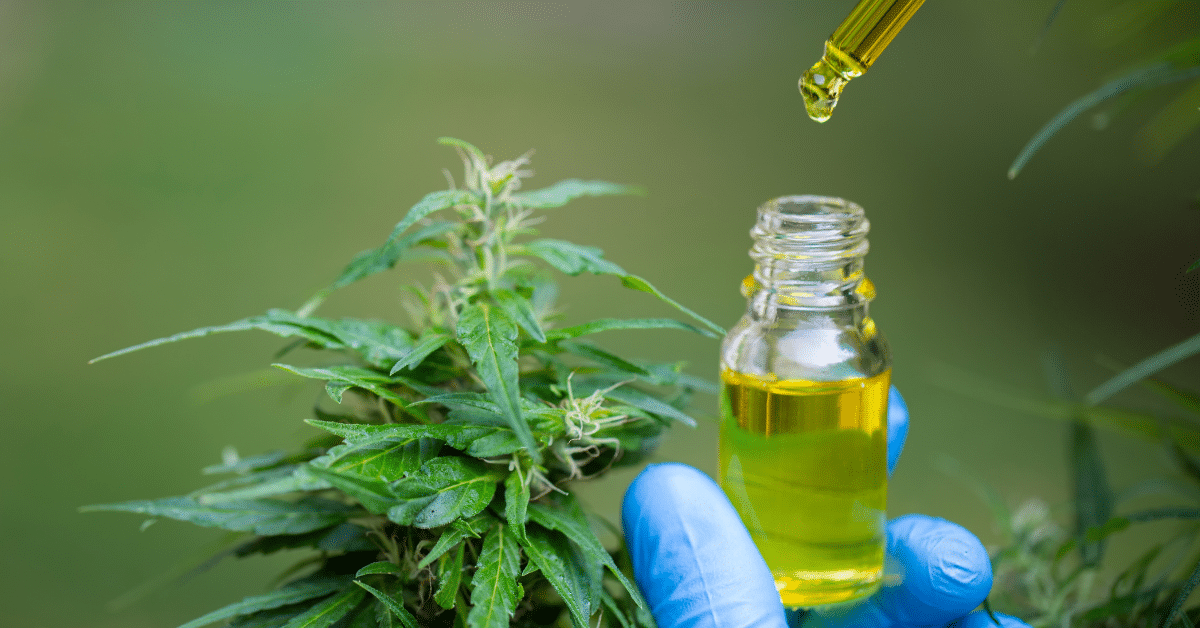Last year’s full legalization of cannabis in Canada opened the door for an already growing industry to gain further momentum. But the country’s cannabis producers have experienced challenges as the government continues to evolve the cannabis licensing process. Health Canada has stated the intention of encouraging both large and small cannabis producers, but many are criticizing the latest changes to the cannabis licensing process for allegedly giving larger players an unfair advantage.
Licensing, at a glance
Before the legalization of recreational cannabis, the Access to Cannabis for Medical Purposes Regulations (ACMPR) were introduced to act as a framework for commercial production and distribution. Today, producers still need to be licensed under the ACMPR, and, in order to obtain the license, an application needs to be submitted to the Cannabis Tracking and Licensing System (CTLS). While the federal government provides licenses to sell medical cannabis, the provincial governments determine how cannabis is to be sold for recreational use.
New licensing requirements
As Canada approached legalization, the federal government was inundated with license applications, producing a lengthy backlog. To slow the number of applications to the CTLS, Health Canada has introduced new changes to the process.
Previously, businesses seeking a license to cultivate cannabis, process cannabis, or sell cannabis for medical purposes needed only to secure a site prior to submitting an application. Changes to the regulations now make it necessary for applicants to have a fully built site prior to applying.
Existing applications will receive a high level review, and the applicant will be provided with a status update. Then, once the applicant has built a site that meets the regulatory requirements, Health Canada completes an in-depth review of the application, in the priority order of the original application date.
Potential trouble for micro-cultivators
While larger players or those withmajor financial backing might easily secure the capital to build a facility, smaller growers are likely to face financing impediments. Given that building the facility does not in itself guarantee a license, the risk is very high in completing the site prior to applying. These new regulations are enhancing an uneven playing field in the Canadian cannabis industry, where large conglomerates are favoured at the expense of small growers.
In fact, it is still unclear how these licensing changes will effect existing cannabis applicants and what the process will look like moving forward, if they do not yet have a fully-built site.
Organizations representing Canada’s small growers have been vocal[1] in their opposition to the new regulations, and released a statement earlier this month calling for a “total policy reset”. It remains to be seen whether these new licensing requirements will be successful in speeding up the length of time it takes to be granted a license.
Skeptics have also voiced concerns about how these licensing changes could negatively influence the existing supply problem. Since cannabis producers will be required to invest hundreds of thousands of dollars up front, it is likely that many will choose to open a small initial phase, and then amend their application at a later date when they are more established and have less risk associated with a larger operation.
Alternatively, others welcome the licence changes as they feel they will help separate serious applicants from those who may never be able to secure financing.
Health Canada[2], has stated that they approve new licenses almost every week, with the recent total being 175 licensed sites; up from 132 late last year. Currently, Canada has more than 600,000 square meters of space under active cultivation, theoretically enough to produce the 1 million kilograms of cannabis consumed in the country each year. While there is currently still a cannabis shortage some financial analysts are predicting a shift as early as January 2020, to where Canada will move to an oversupply of both medical and recreational cannabis.
Forward momentum for craft producers
While it’s been predicted that craft cannabis producers will become key players in the industry in the coming years, it’s now clear that to a certain extent, the regulations are being stacked against this outcome. For smaller producers, the question becomes whether the investment of the required significant capital up front is worth the risk, and if so, how to raise that capital in a manner that supports future success.
The team at Zeifmans has the subject matter expertise and business acumen to advise craft producers as they navigate the early stages of their business and beyond. From launching an IPO, to approaching new markets, to navigating a sale of the business, we have the experience and insight to help our cannabis clients make strategic decisions that deliver positive results. For more information, contact us today at (416) 256-4000.
[1] Nelson Star, “Cannabis Promoters Call for ‘Reset’ of Federal Pot Rules”, https://www.nelsonstar.com/news/cannabis-promoters-call-for-reset-of-federal-pot-rules/
[2] Financial Post, “New Cannabis License Rules Could Make Canada’s Supply Shortage Even Worse”, https://business.financialpost.com/cannabis/new-canada-licensing-rules-may-worsen-shortage-cannabis-weekly



